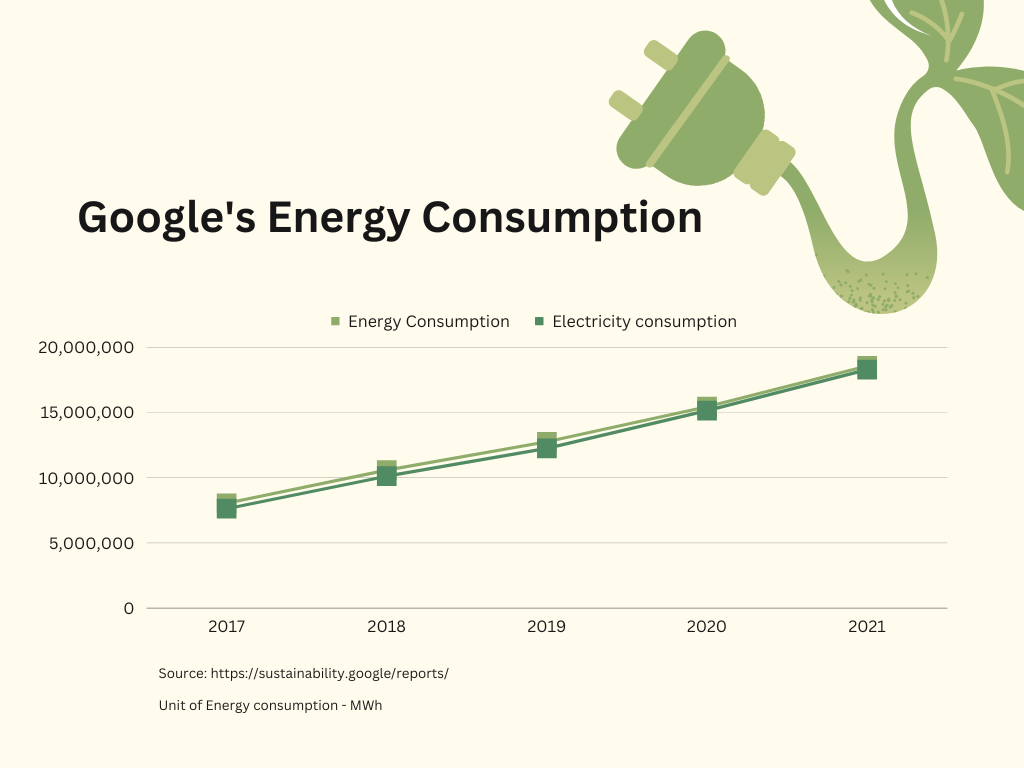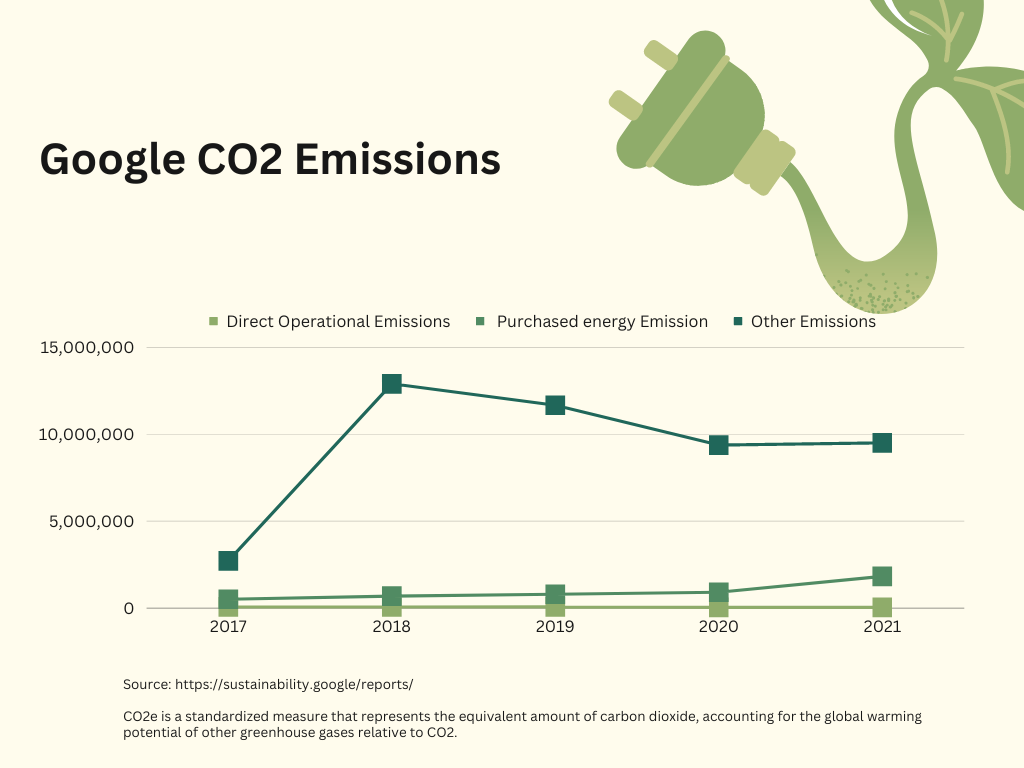 It’s been a decade since the movie “Need for Speed” came out that was surrounded around the story of the protagonist who races with a rival to avenge this friend’s death, and as I write this blog a sequel for the same is on the horizon, However, this sequel is not what movie enthusiasts would be expecting. I am talking about the AI race that’s unraveling right in front of our eyes, where the Google(s) and Microsoft(s) of the world (I will leave it up to the reader to guess who’s the protagonist here???) are trying to put all their might on the gas pedals to win at any cost. The problem with this race is that the race course being used is being shared by average people, and there’s no clear goalpost here(some say it’s AGI, but is it? Who knows, and honestly who cares when we already have a bunch of problems to deal with currently rather than being bothered about an imaginary super intelligence). This means the race between these giants has resulted in various casualties on this racetrack and most prominent being Climate change. Environmental effects of training deep learning models have largely been ignored by the mainstream media till now, whenever there’s a discussion on issues pertaining to climate change. However, it’s high time we start focusing on it if we want to resolve this crisis.
It’s been a decade since the movie “Need for Speed” came out that was surrounded around the story of the protagonist who races with a rival to avenge this friend’s death, and as I write this blog a sequel for the same is on the horizon, However, this sequel is not what movie enthusiasts would be expecting. I am talking about the AI race that’s unraveling right in front of our eyes, where the Google(s) and Microsoft(s) of the world (I will leave it up to the reader to guess who’s the protagonist here???) are trying to put all their might on the gas pedals to win at any cost. The problem with this race is that the race course being used is being shared by average people, and there’s no clear goalpost here(some say it’s AGI, but is it? Who knows, and honestly who cares when we already have a bunch of problems to deal with currently rather than being bothered about an imaginary super intelligence). This means the race between these giants has resulted in various casualties on this racetrack and most prominent being Climate change. Environmental effects of training deep learning models have largely been ignored by the mainstream media till now, whenever there’s a discussion on issues pertaining to climate change. However, it’s high time we start focusing on it if we want to resolve this crisis.
Just to give an idea about the energy consumption and CO2 emissions of these firms, here’s the data from Google Environmental Report between 2017 and 2021. As evident from the data, The energy consumption for Google has constantly increased each year, and it’s more triggering when you realize that this data is before the AI race picked up its heat like it currently does. This means this trend will continue at a worsening increased rate.

A somewhat similar trend(slightly better) could be seen in CO2 emission, especially from the purchased electricity taking a significant jump in 2021.

Another unexpected casualty in this whole hullabaloo is water (what, seriously?). Well, you need water to keep these huge datacenter’s cool, so that we can cheat on our homework, lol😂. It Didn’t make sense? Well, let me explain. When large-scale Deep Learning models (like the one used in ChatGPT) are trained, they require intensive computational resources like GPU clusters. These GPU Clusters need to stay cool in order to perform efficiently and hence use water. According to a recent study by the University of California training, GPT-3 on Microsoft’s data center in the US could alone consume 700,000 liters of fresh water which is enough for producing 370 BMW cars or 320 Tesla electric vehicles (And maybe have real “Need for Speed” sequel using these cars? What say?).
“Ok Saurabh🤷♂️, enough of this metaphorical rhetoric using a movie, btw what’s the point you are trying to make? Also, AI is cool and all, and I love chatGPT so who cares.”
Well you are right, I love movies (and AI too). However, I love the world that we all live in and call home much more(Or as Dominic Toretto would say: “We are family”). And to answer the question about the point I am trying to make here, let me go back to another question I asked earlier in this blog “Who do you think is the protagonist in this race/movie?”. Well, it’s you and me, We all are the protagonists in this movie. However, unlike “Reel” life, there are no retakes here in “Real” life. Hence, We need to hold these large corporations accountable when it comes to the effect that they have on social causes like climate change. We want them to be supporting actors in our pursuit of having a better tomorrow.

Another irrelevant movie reference (I know it’s a different movie)
When it comes specifically to the effects of AI, We need them to be transparent with respect to the data being used, energy and water being consumed, carbon emissions, prejudice and bias of these models, etc.
However, I am sure, just like the original movie “Need for Speed”, this movie will continue to have both critics and fans. I am not sure which side I am currently on, but I am sure ready for this ride, are you???